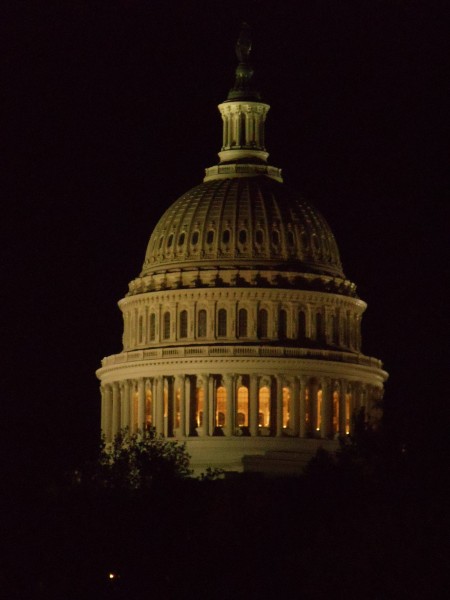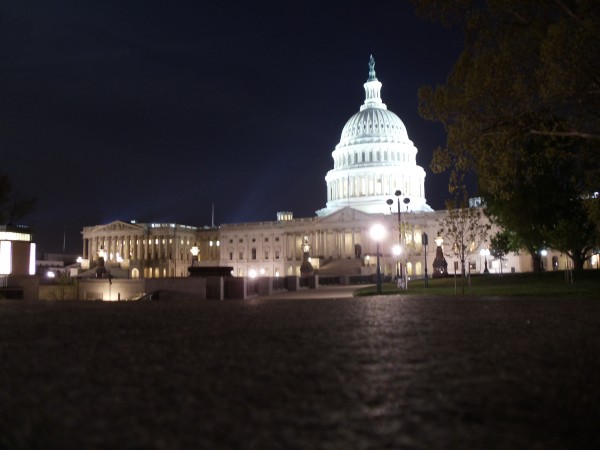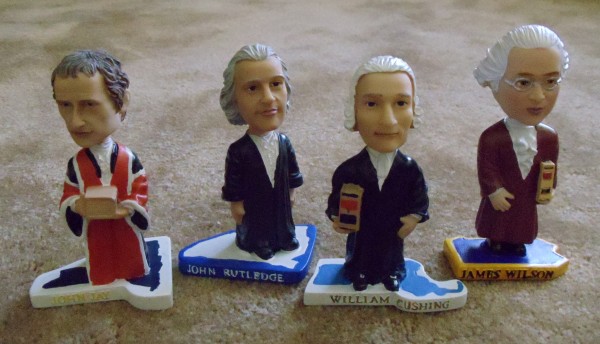(Just started reading? See part 1.)
If I was to combine a trip with a visit to family for Easter, I was limited to arguments in April. One sitting stood out as particularly interesting: the April 18 sitting in which Tapia v. United States and Microsoft v. i4i Limited Partnership would be argued. Tapia concerned the permissibility of considering in-prison rehabilitative programs during sentencing — not an issue of particular interest to me. But Microsoft concerned patents, which are certainly relevant to anyone in the software industry. It made a good fit: my weekend was chosen.
Supreme Court oral arguments are open to anyone who arrives “early enough”, which depends on the interest level of the cases being argued. Tapia, as a sentencing case not touching a contentious issue like the death penalty, was low-interest. But “the showcase intellectual property case of the year” might well draw a moderate crowd. And I knew from a Mozillian who’d attended Bilski v. Kappos, the last major patent case before the Court, that arriving at 22:00 the day before a patent case could be good for a spot near the end of public seating. (Huge caveat: the other arguments that day concerned juvenile life imprisonment without possibility of parole.)
Based on one suggestion of 05:00 for “mid-major” cases (which I suspected Microsoft to be) and the effort I was making just to get to D.C., I decided to err heavily on the side of caution by waking up at 1:00. I would take a shower, get dressed in a suit purchased Friday (Visa flagged it as a fraudulent transaction, and I think they were on to something), and walk forty minutes to the Supreme Court. Better to get less sleep but be guaranteed to see the argument than to gamble and lose after making such an effort to even have a chance to see it.
Next time: sitting in line for the arguments.



